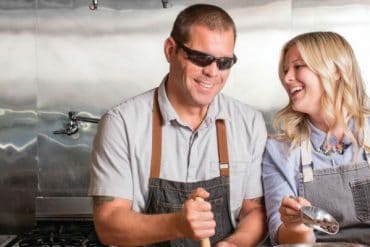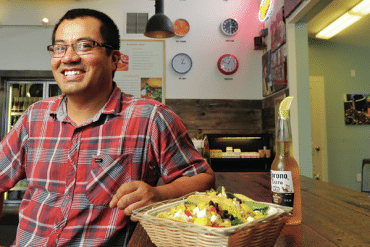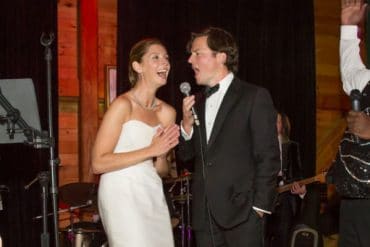The sparkling legacy of Veuve Clicquot has made its way into clinking glasses around the world, and is sure to fill many more at this year’s Nantucket Wine Festival. But champagne connoisseurs take note: The real toast of the town will be two of Veuve Clicquot’s coveted Cave Privée vintages.
Whether at polo matches or fashion shows or fine French restaurants, Veuve Clicquot’s yellow label is synonymous with luxury. And yet despite its wide acclaim, only a handful of non-French speakers could tell you that “veuve” actually means “widow,” as in the Widow Clicquot Ponsardin, the champagne’s legendary namesake. The year was 1805 when a twenty-seven-year-old widow named Barbe Nicole Clicquot Ponsardin convinced her father-in-law to let her take over her late husband’s small champagne house. The move was unprecedented, this at a time when French women rarely ran their own businesses, let alone in the male-dominated business of champagne. Better still, she renamed the champagne after herself: Veuve Clicquot Ponsardin.
Against all odds, not only did the widow Clicquot turn the small champagne house into a world-renowned brand, but she revolutionized the way champagne is made. Today, while Veuve Clicquot’s yellow label continues to be the toast of the luxury market, an exclusive, limited selection has recently risen to the top as their best bubbly. Costing between $200 to $250 a bottle, Veuve Clicquot’s Cave Privée Collection has been carefully cultivated and aged for twenty to thirty years — some, even longer — under the most ideal conditions in their cave privée, or “private wine cellar,” in Reims, France. The collection was first released in Europe in 2010 to commemorate the 200th anniversary of Madame Clicquot’s premiere 1810 vintage.
It wasn’t released in America until late 2012, and currently, there are only two Cave Privée champagnes on the U.S. market: The 1990 Blanc and 1989 Rosé vintages. Both received high ratings from Wine Spectator (94 and 95 points, respectively). “Most champagne is, of course, non-vintage,” explains Dominique Demarville, Veuve Clicquot’s Chef de Cave, who became the House’s 10th Cellar Master in 2009. Veuve’s non-vintage champagnes are the ones we all recognize from a mile away with the yellow labels, costing around $50. They are designed to retain a consistent classic style year in and year out. The Cave Privée champagnes, by contrast, are created with wine from single, exceptional vintages, such as 1975, 1978, 1980, 1989, and 1990, and the winemakers pay special attention to the individual character of each one. “The volume is very small,” explains Demarville. “And the idea is to give people who love old champagnes the opportunity to discover and experience something ‘new’ in the Veuve Clicquot style.”
Like any great wine, champagne takes on different flavor characteristics as it ages. As Demarville puts it, the Cave Privée champagnes “have several lives.” Vintage wines at Veuve Clicquot are typically aged for six years. “In the beginning, when we first release the vintage, it’s fresh and fruity with a very gentle touch of brioche and toast.” After twenty years of aging, the Cave Privée is less fruit-forward and more complex. “We have a wonderful richness of flavors like brioche, toast, vanilla, truffle and candied fruits, which make the wine very intense.” But in keeping with Veuve Clicquot’s signature style, Demarville asserts that even these long-aged wines have “a delicate freshness and minerality, especially on the finish,” which he points out, “is wonderful for the tasting of such old vintages.” The Cave Privée wines continue to evolve and have good aging potential for another ten to fifteen years.
Demarville works closely with Senior Winemaker Cyril Brun to determine which vintages will make it into the Cave Privée collection. As a winemaker, Brun has one goal: For all his wines to live up to Madame Clicquot’s motto: Only one quality, the finest. “For me, Cave Privée is a benchmark, a wine that reflects a level of excellence that is rarely reached,” he says. “Furthermore,it showcases some mature facets of champagne that I enjoy a lot. I consider Cave Privée to be the quintessence of our style.” And so it is that Veuve Clicquot continues the widow’s work.





